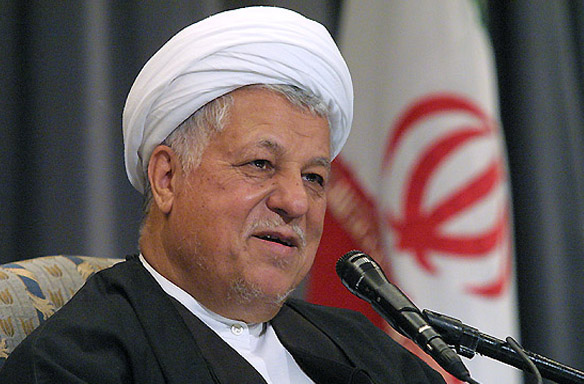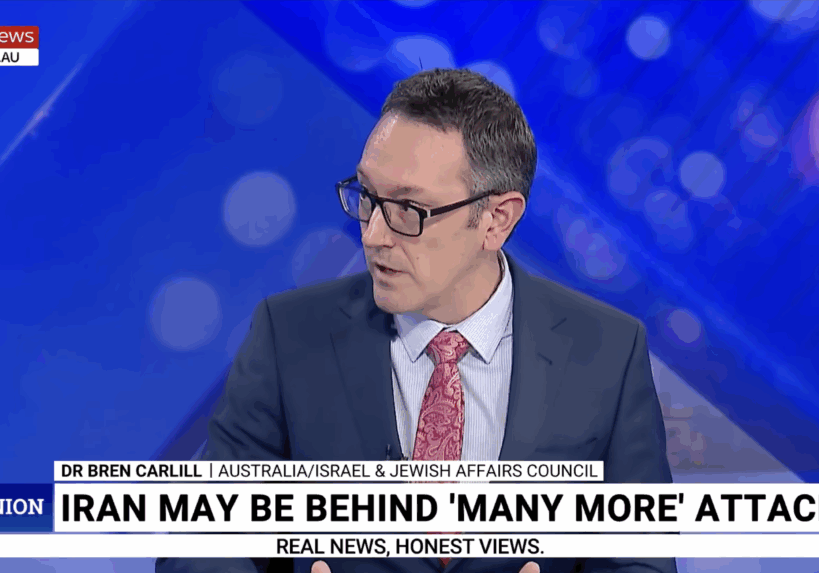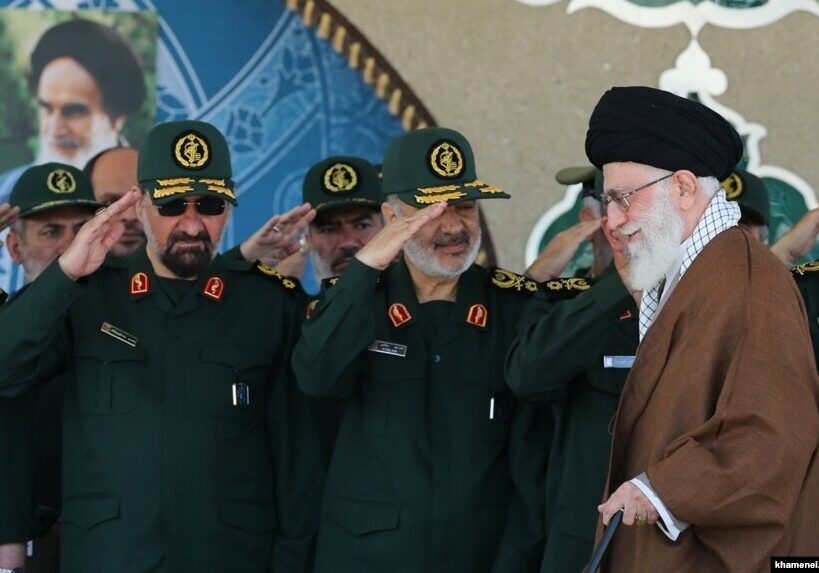Australia/Israel Review
The Futile Quest for “Moderates”
May 28, 2013 | Michael Rubin

Michael Rubin
On May 21, Iran’s unelected Guardian Council presented its slate of approved candidates to run in the Islamic Republic’s June 2013 presidential elections. Of the more than 600 who sought to have their name on the ballot, it gave the go-ahead to only eight. They range from hardline supporters of Iran’s nuclear program to somewhat more soft-spoken supporters of Iran’s nuclear program. Most notably, the Council disqualified 78-year-old former President Ali Akbar Hashemi Rafsanjani on account of his age, a somewhat ironic move considering Ahmad Jannati, the Council’s chairman, is 86, and revolutionary leader Ayatollah Ruhollah Khomeini was 77 when he led Iran’s revolution.
Certainly, disqualifying candidates is par for the course with the Guardianship Council. For example, when Mohammad Khatami won the presidency in 1997, he defeated three other candidates but only after the unelected Guardian Council disqualified 234 other candidates deemed too liberal or insufficiency loyal to the supreme leader.
No one should rue what might have been with a new Rafsanjani presidency but, alas, too many in the Western press have been doing just that. When he declared his aborted candidacy, Reuters called him “a relative moderate,” the BBC declared the corrupt multibillionaire to be “virtually assured the support of reformers,” the Associated Press called Rafsanjani the “prime hopeful for reformists,” and The New York Times reported “Mr. Rafsanjani…has cast himself as a pragmatist, calling for a more open society and better business relationships with the West.” Perhaps the most egregious case was The Washington Post, which cited an activist from the Islamic Republic’s lobbying wing in Washington – without ever mentioning his affiliation – to conclude that Rafsanjani was a “pragmatic voice in the current political order who could help guide Iran out of its current problems and potentially mend relations with the United States.”
Among journalists, it seems, it’s déjà vu all over again. When Rafsanjani first won the presidency back in 1989, the West was optimistic: The Iran-Iraq War had ended the previous year and revolutionary leader Ayatollah Khomeini had died six weeks before the elections. In both Washington and European capitals – the Salman Rushdie death warrant notwithstanding – there was hope that Iran would turn a new page, and that the revolutionary Ayatollahs would move to normalise relations with the international community.
It was not to be. Even though Rafsanjani suggested that “reasonable, prudent solutions” could free the American hostages held by Iranian-backed groups in Lebanon and told intermediaries that US gestures could grease reconciliation, the Iranians failed to deliver.
While Rafsanjani spoke publicly of pragmatism, privately he revived Iran’s covert nuclear program – of which he claims to be the father today – and played a crucial role not only in ordering the assassinations of Iranian dissidents abroad, but also signed off on the 1994 bombing of the Jewish community centre in Buenos Aires. And no one should forget that it was Rafsanjani who, on December 14, 2001, suggested that an Iranian nuclear strike on Israel might be foreseeable, since one nuclear weapon could annihilate Israel while Iran would be large enough to absorb any retaliation.
Of course, he was not alone in this. Former Foreign Minister Ali Velayati – who did pass Guardian Council muster this time around – personally approved the Argentina terror attack and, according to a German court, also signed off on the 1992 assassination of dissidents in Berlin. With Rafsanjani eliminated, the press now calls Hassan Rowhani the reformist flag-bearer.
Rowhani – as with fellow candidate Saeed Jalili – once served as Iran’s nuclear negotiator and openly gloats about how he tricked Western diplomats. In an October 2011 interview with a friendly Iranian journalist, he credited his own insincere diplomacy for enabling Iran to achieve its nuclear fait accompli. Teheran Mayor Mohammad Baqer Qalibaf – sometimes labeled a technocrat – is also a former commander in the Islamic Revolutionary Guard Corps’ Air Force who has bragged about publicly beating student protestors.
The treatment of the abortive Rafsanjani candidacy and other commentary on the election suggests three mistakes that diplomats and journalists should avoid when considering Iranian politics:
1) Do not consider Iran a democracy. The Supreme Leader is substance; the presidency is only about style. Yes, Iran has elections, but they would be akin to elections in the Soviet Union if only Communist Party Central Committee members were allowed to run. Most electoral democracies do not disqualify 90-plus percent of candidates before election day.
2) Do not exaggerate factions. Factions exist in any government – even North Korea – but the presence of factions does not translate into their relevance or ability to influence outcome. The Supreme Leader remains in control and has three ways to rein in any politician who threatens to get out of hand: First, he could expose each of the candidates’ ill-gotten wealth; second, he could imprison – or worse – their children, as he did in the wake of the 2009 student protests; and, third, he could use vigilante groups, if not the Basij directly, to physically constrain any candidate who pushes reform too far. On May 16, “Defenders of Hezbollah,” the vigilante group which hassled Khatami’s supporters during his presidency and murdered several dissidents, openly bragged that they had reactivated ahead of the June 2013 elections.
3) Do not confuse reformists with opposition. The reformists are as committed to the system of Islamist democracy as hardliners are. In the words of left-wing pundit and New Yorker contributor Laura Secor, the reformists are “the loyal opposition in a fascist state.” The problem for most Iranians isn’t simply whether the police harass women who show too much hair. Rather, it’s the fact that the supreme leader considers himself the deputy of the messiah on earth. This is why muddle-through reform cannot work in Iran: Sovereignty comes not from the people, but from God himself through the Mahdi and the Supreme Leader. What 95% of the people might think is without meaning to Supreme Leader Khamenei. Indeed, protecting the theocracy from the people is why the Islamic Revolutionary Guard Corps exists in the first place.
Make no mistake: The problem in the Islamic Republic today is not one personality or another, but rather the system of government and the ideology to which it subscribes. There would have been no effective difference in the goals of Iranian policy between the Ahmadinejad years and a Rafsanjani redux, even if Khamenei decided to allow the latter to occur.
Michael Rubin is a resident scholar at the American Enterprise Institute and senior lecturer at the US Naval Postgraduate School. Encounter Press will publish his latest book, Dancing with the Devil: A History of Diplomacy with Rogue Regimes, early next year.
Tags: Iran





